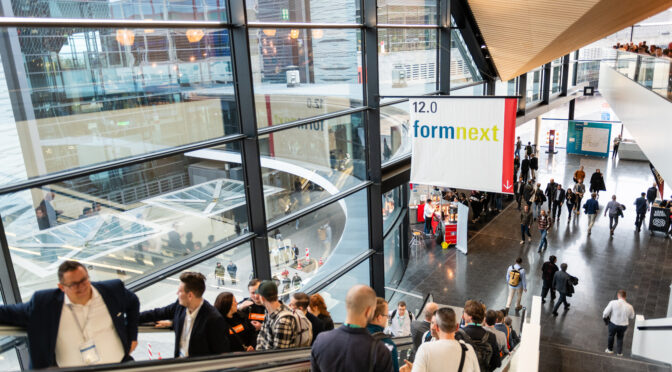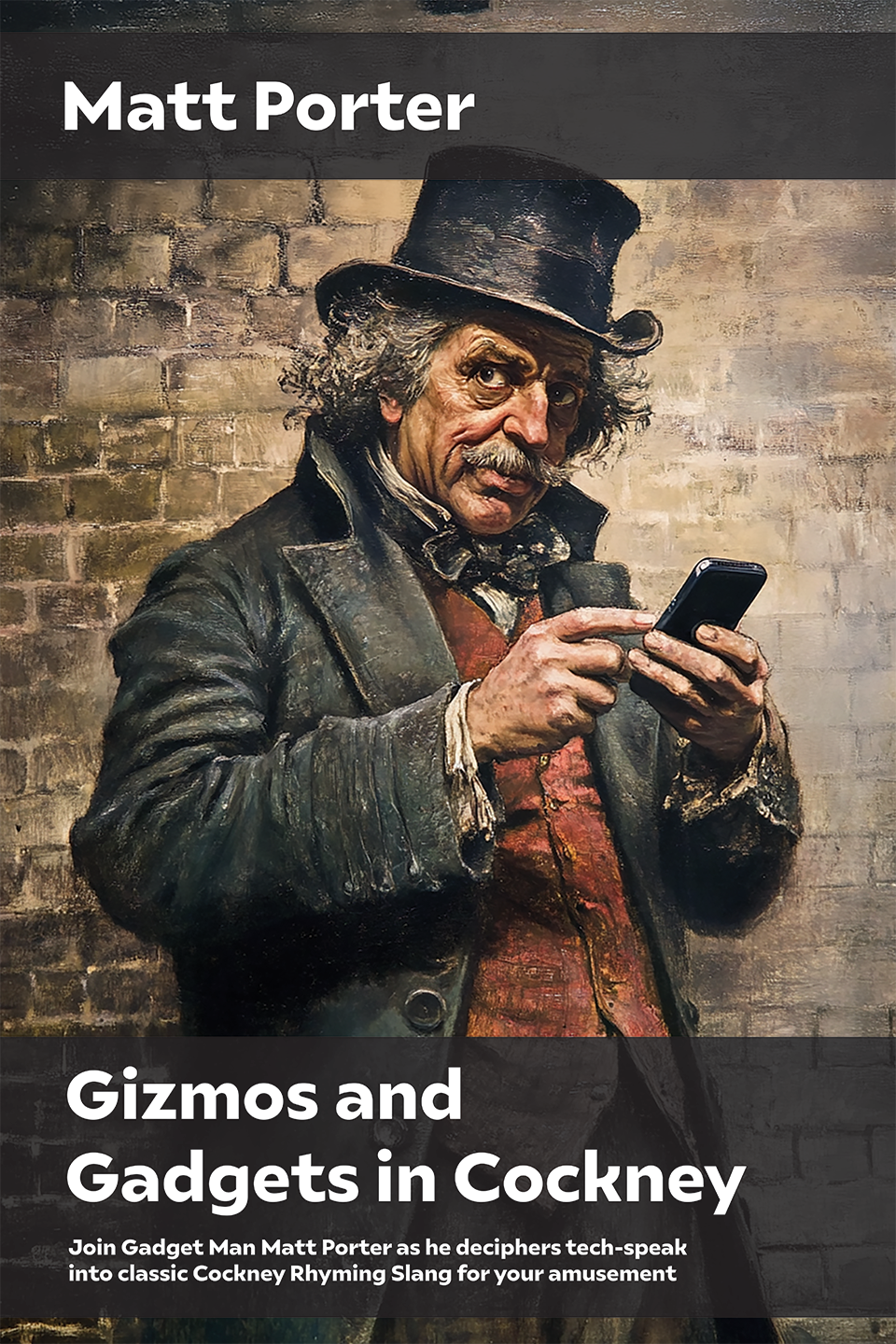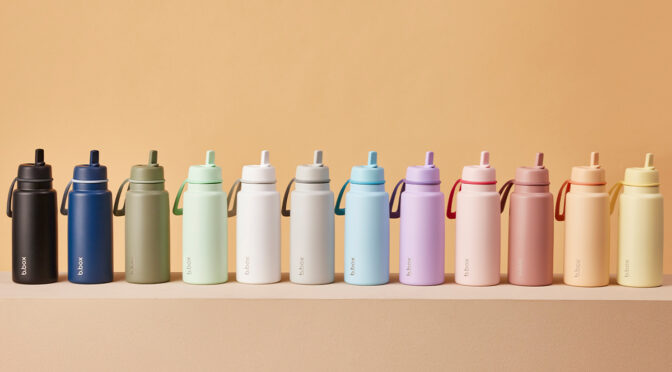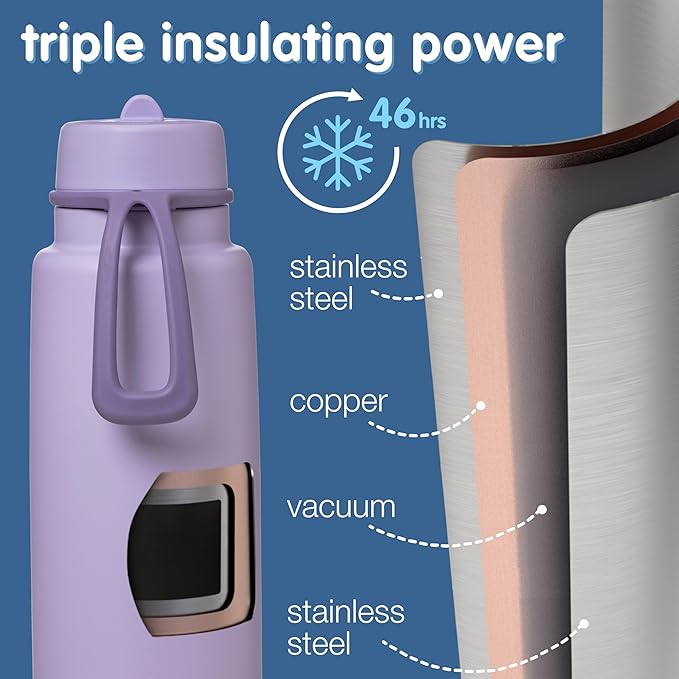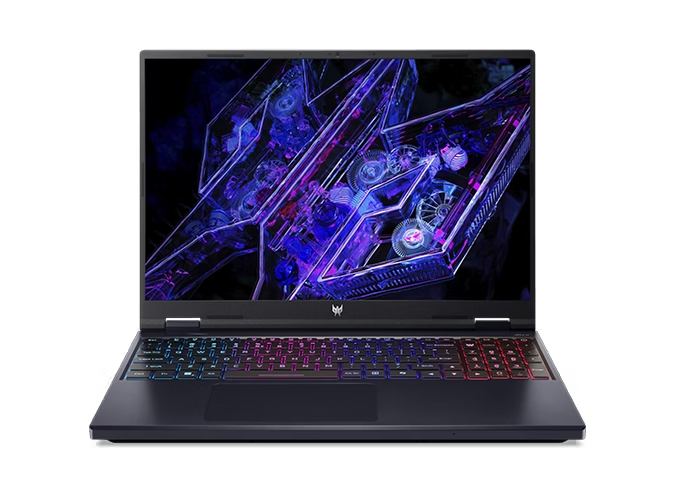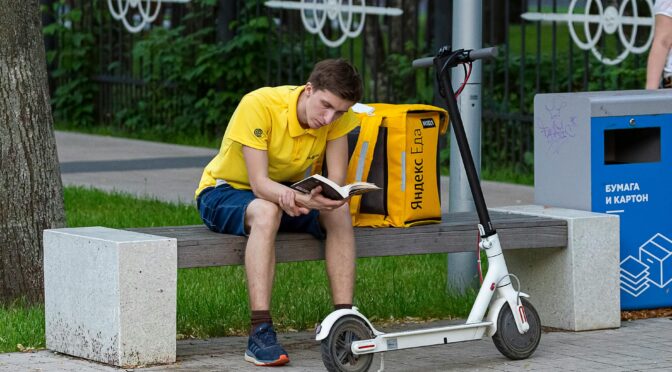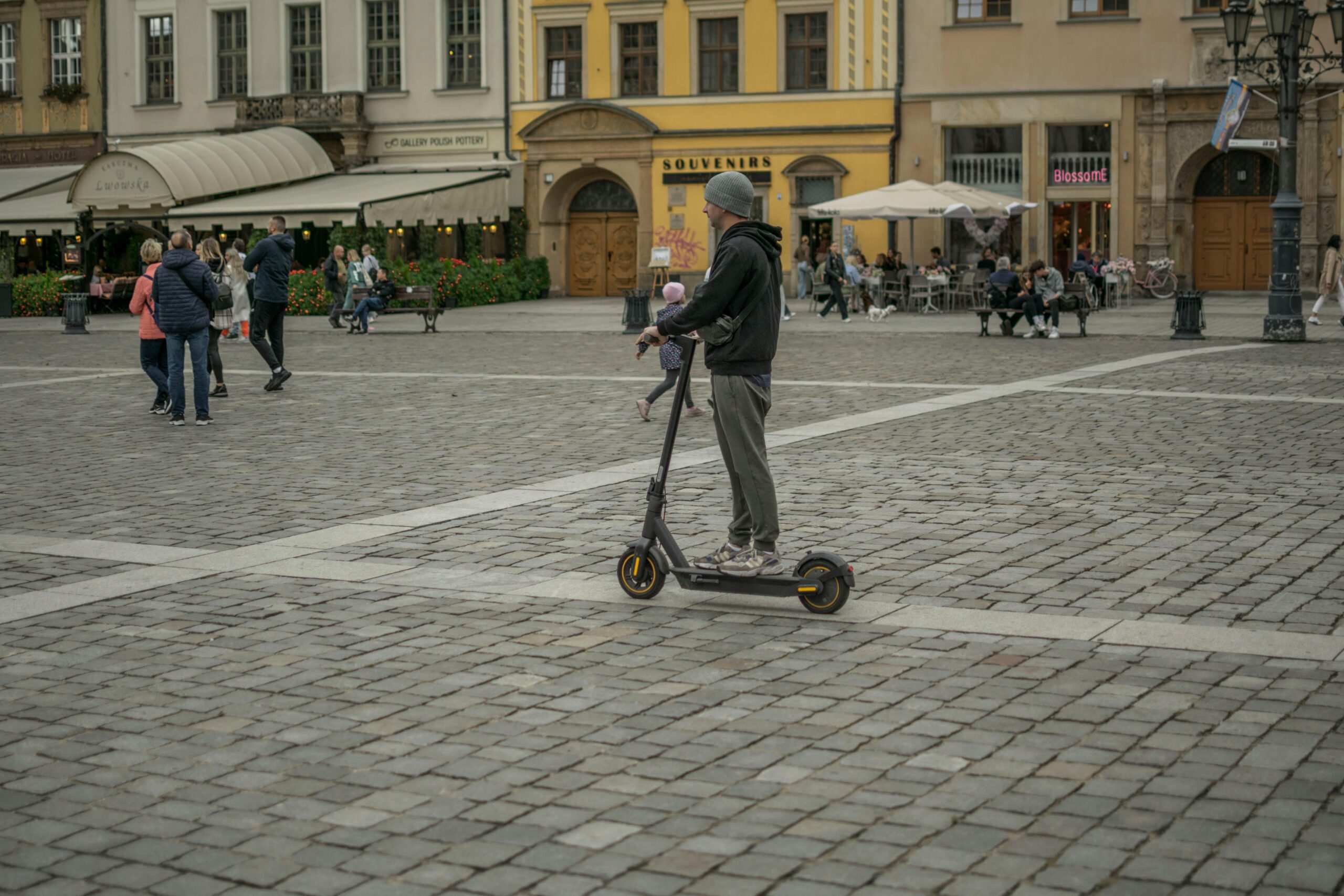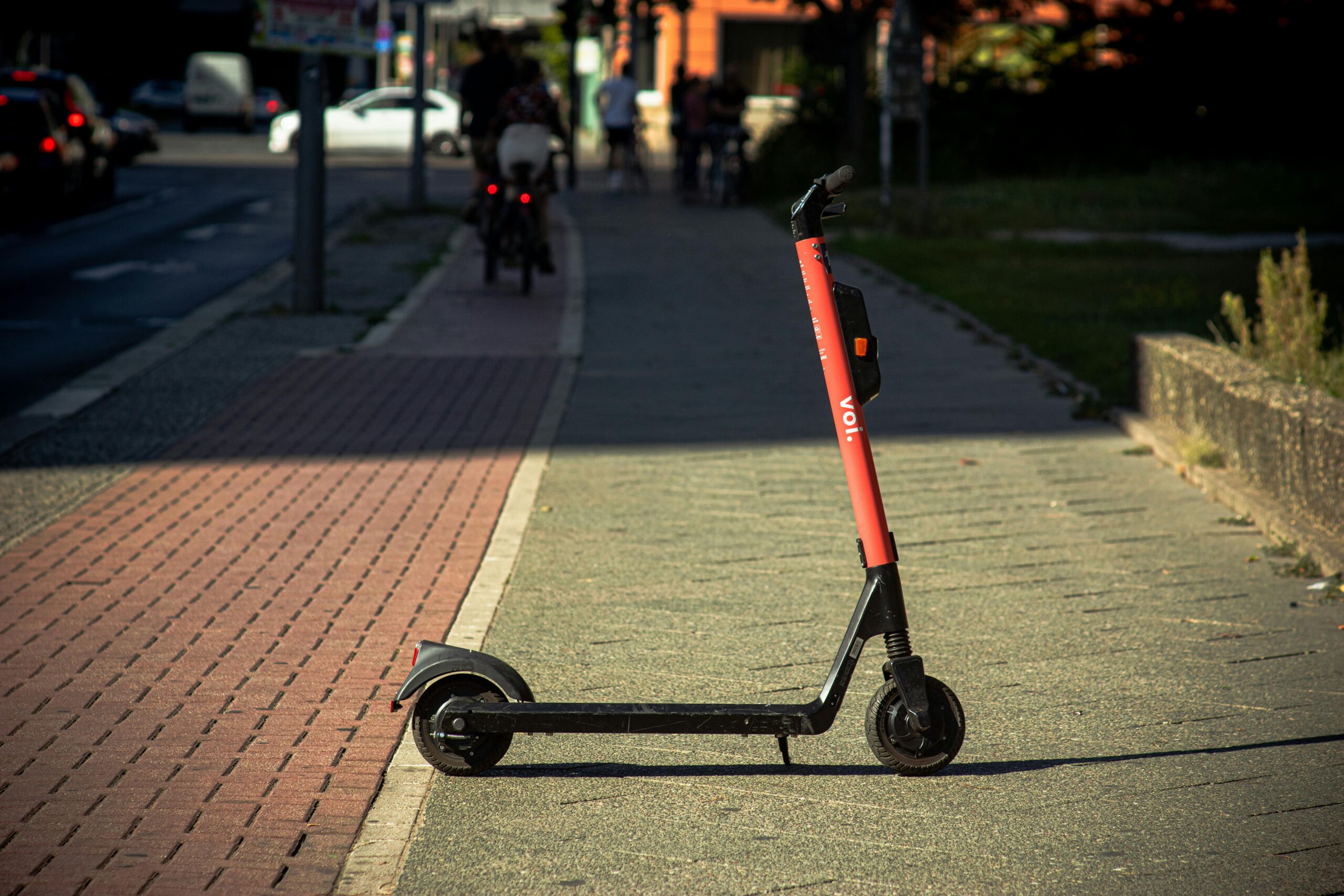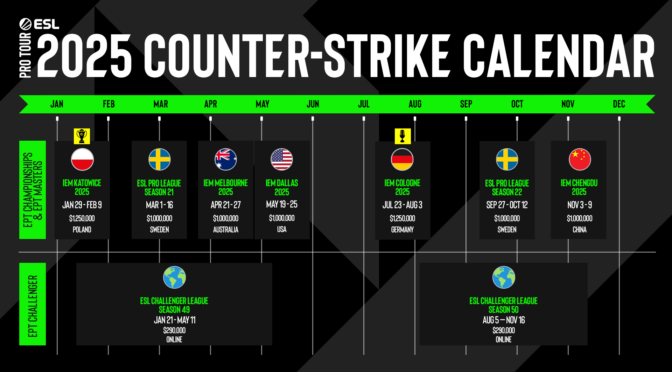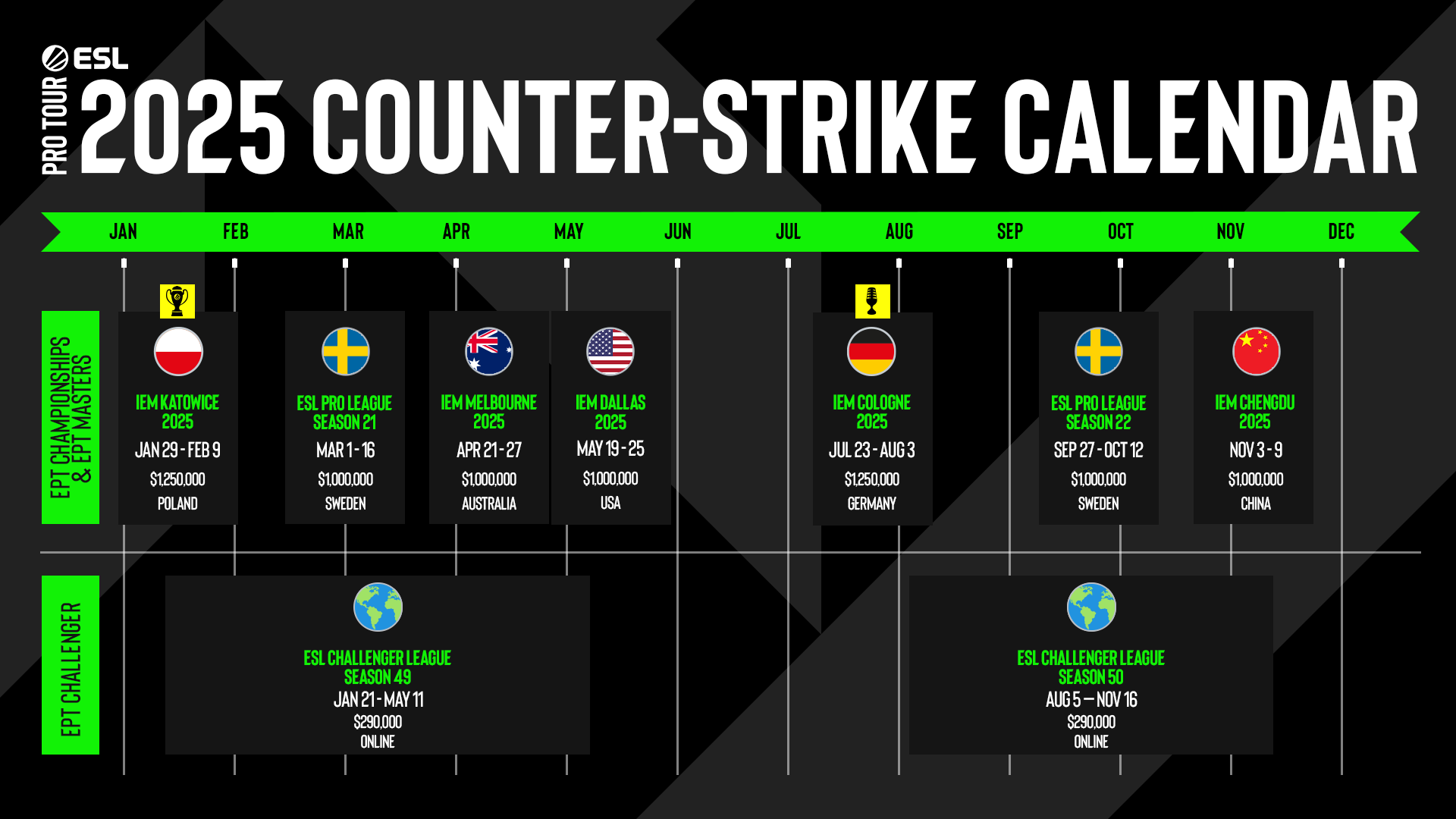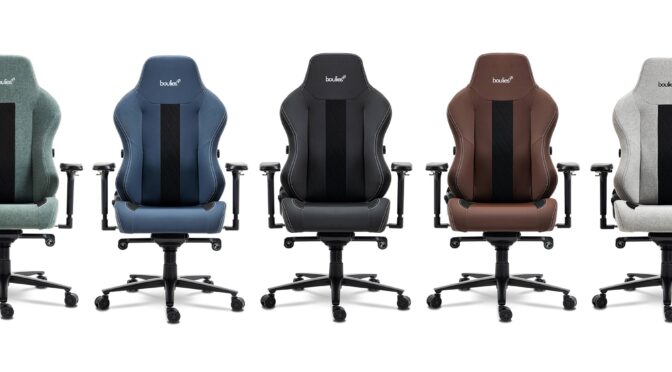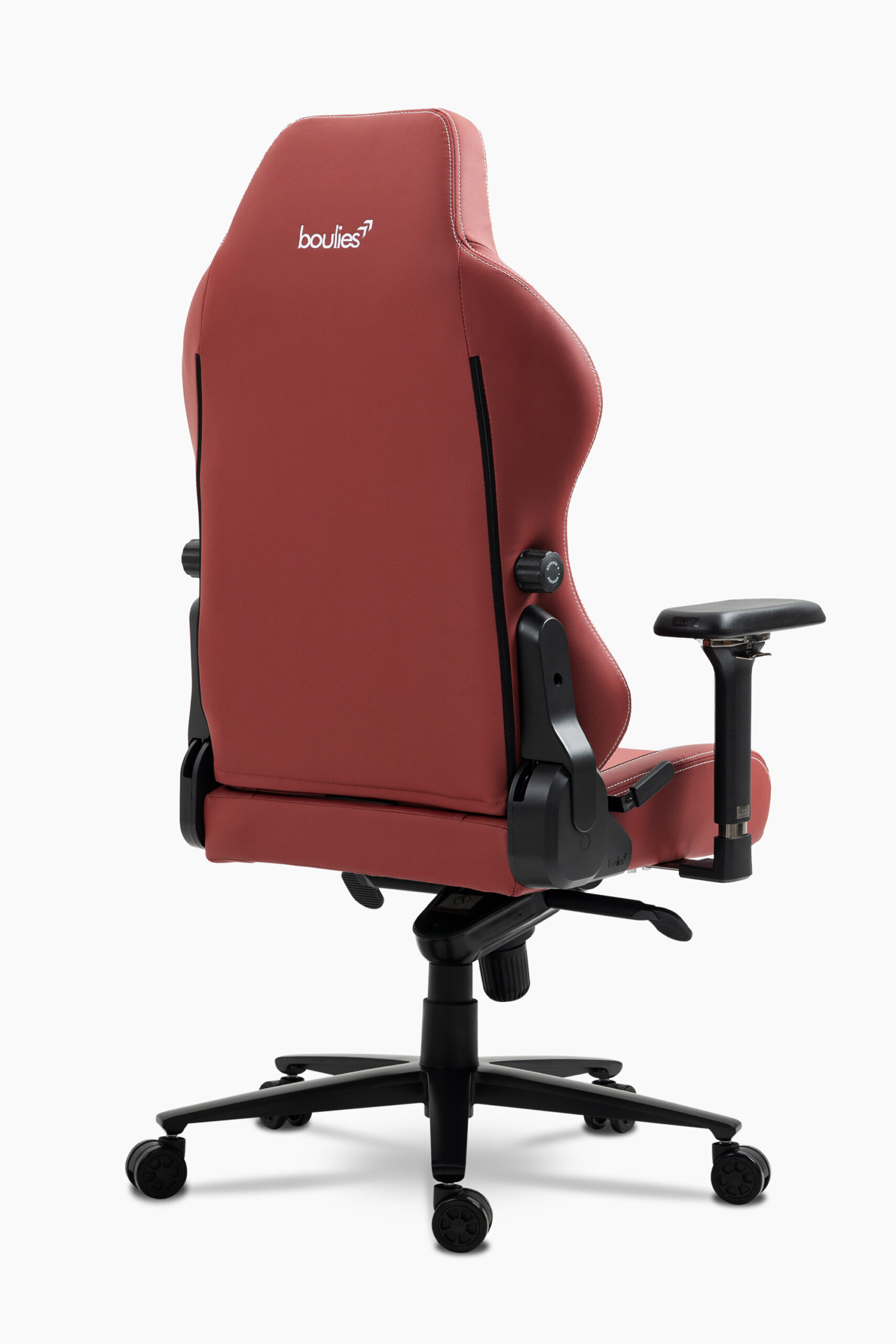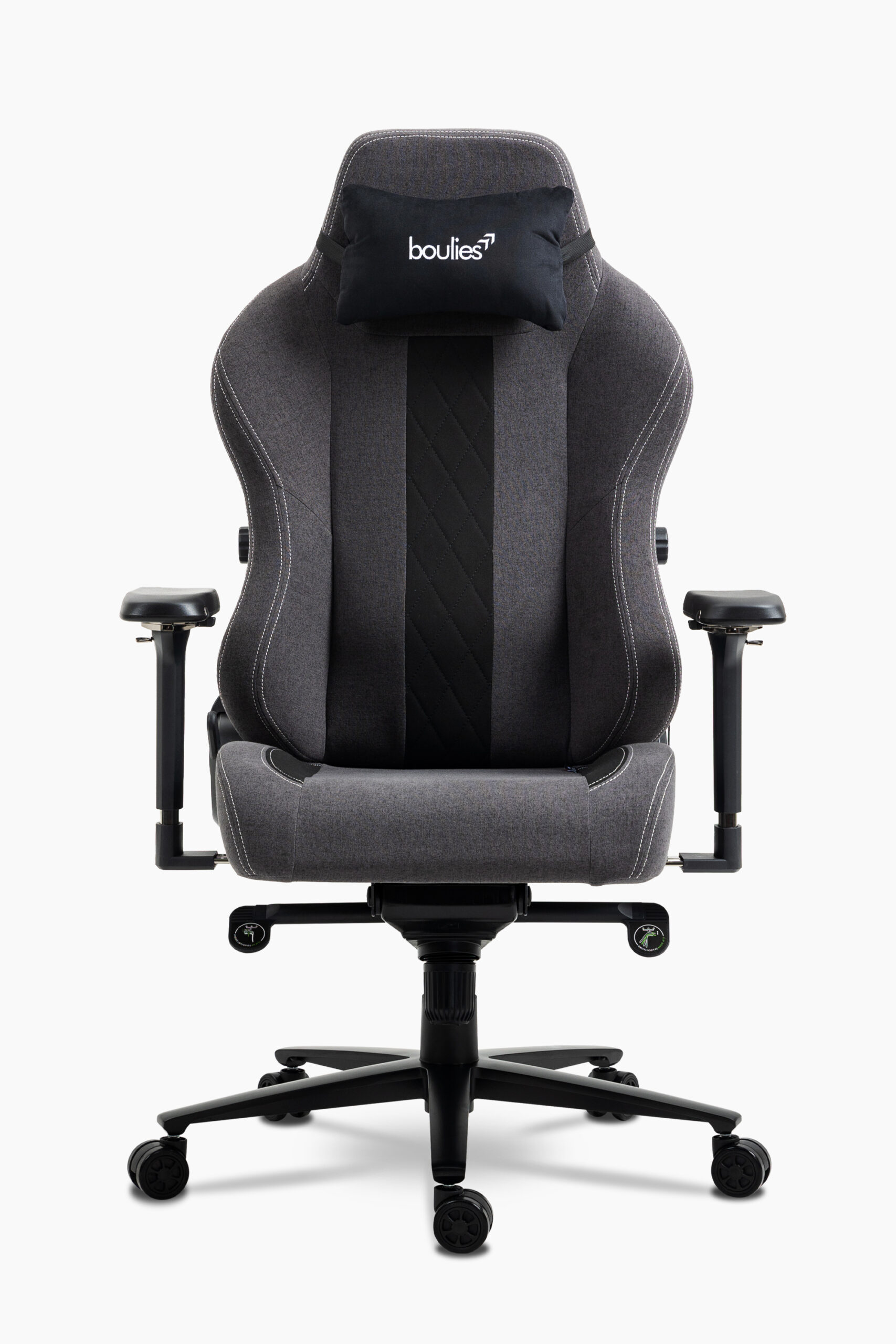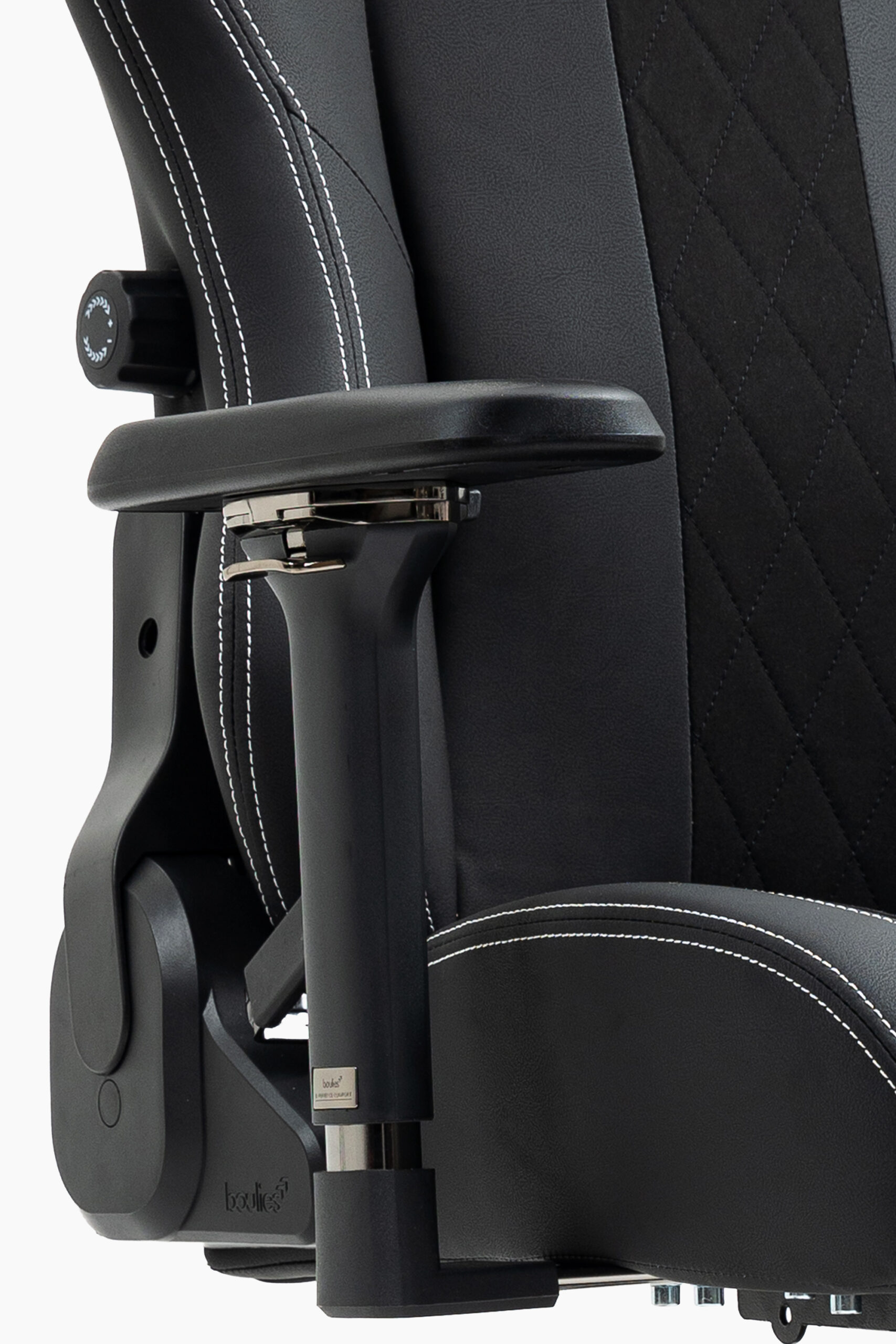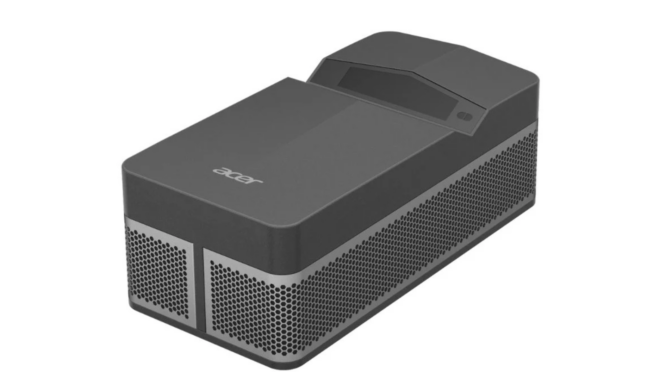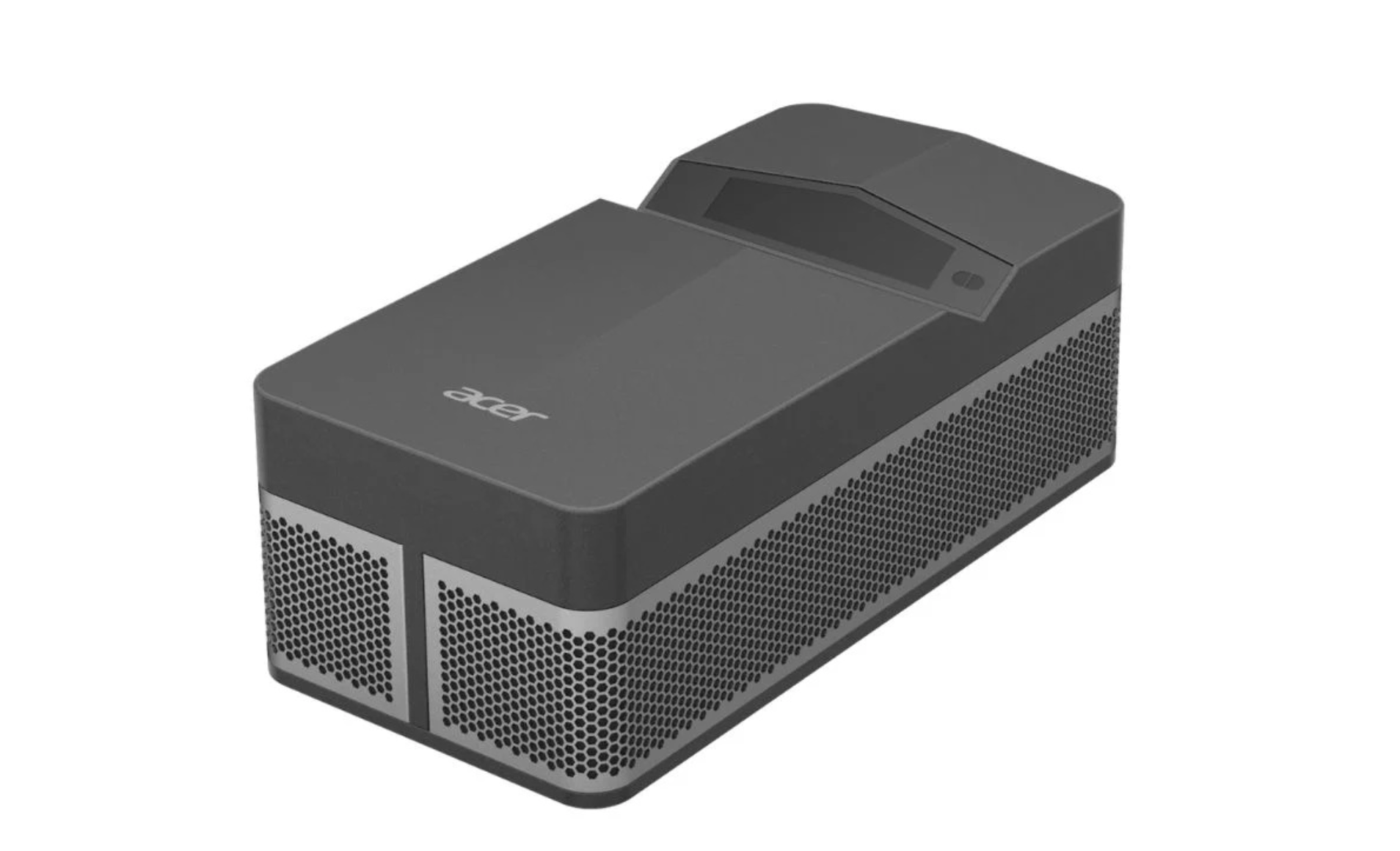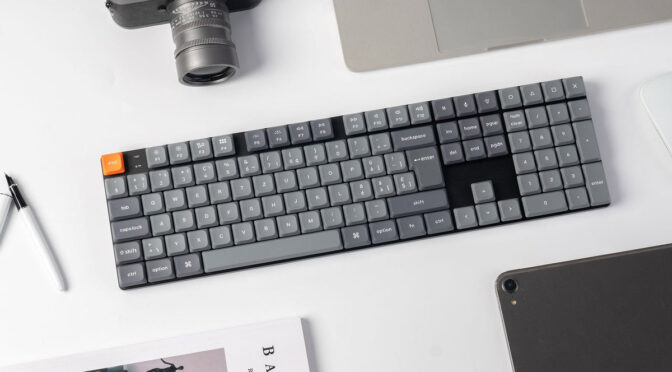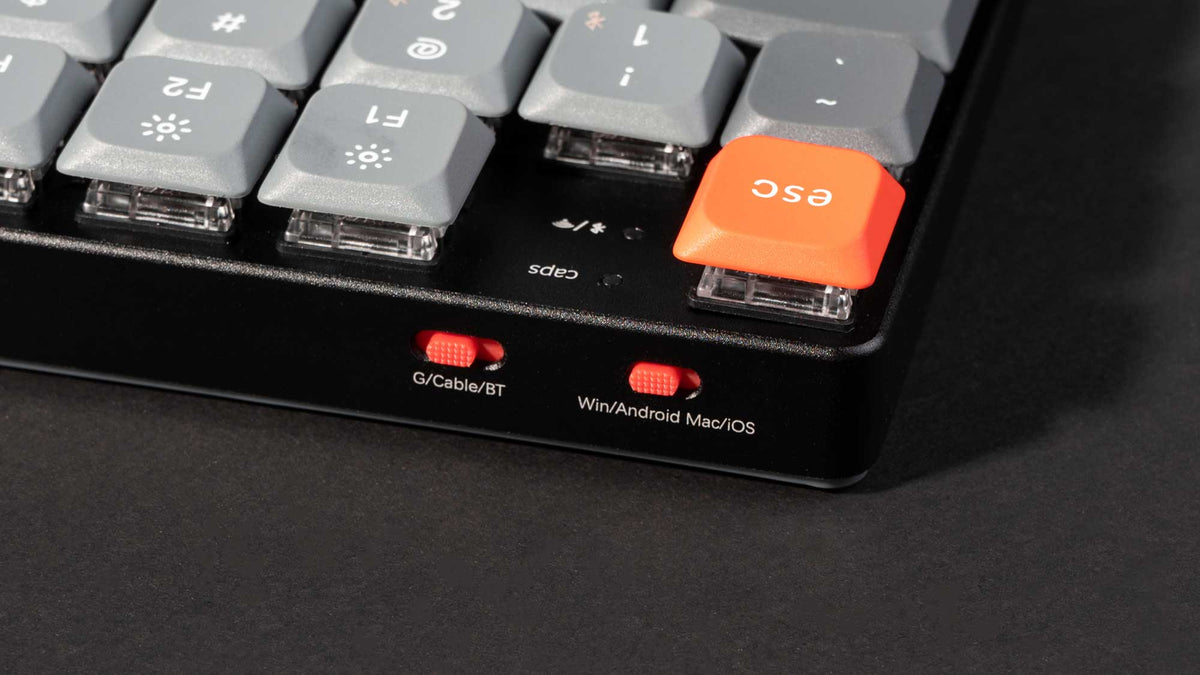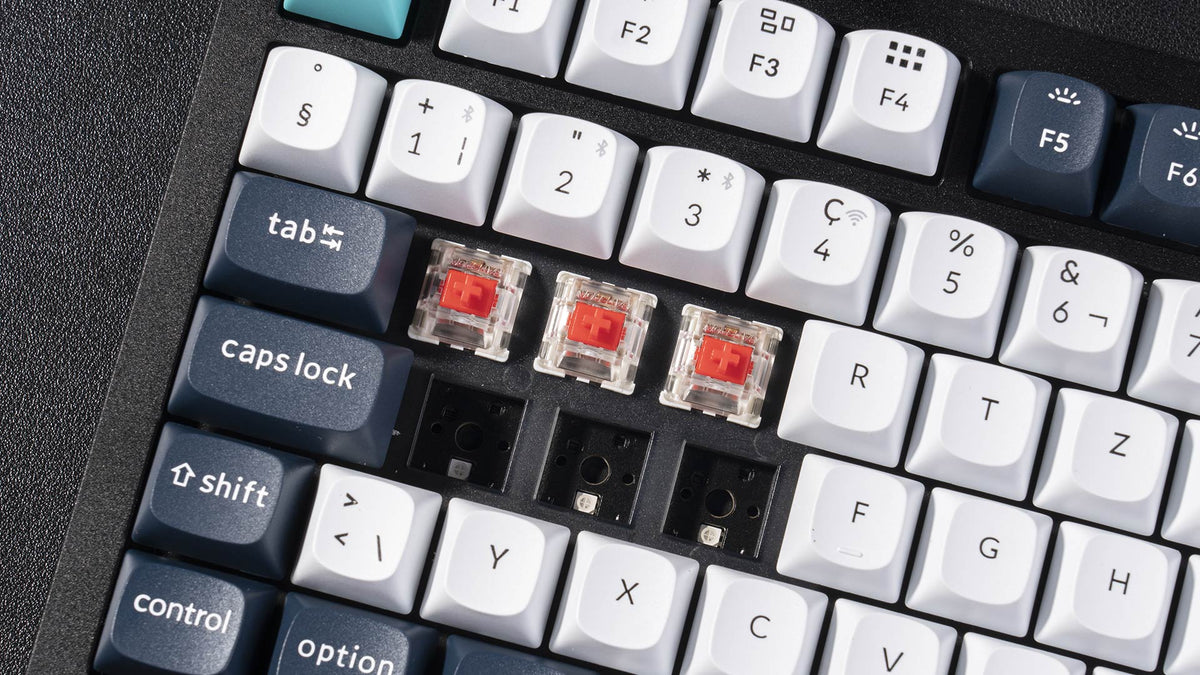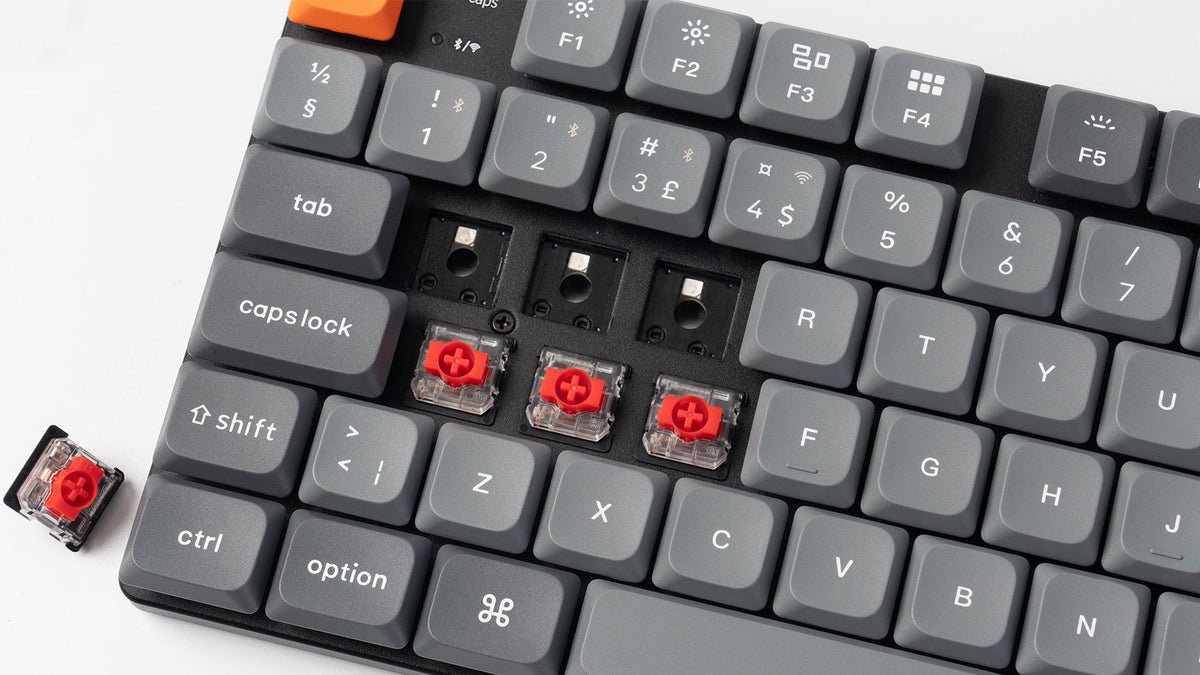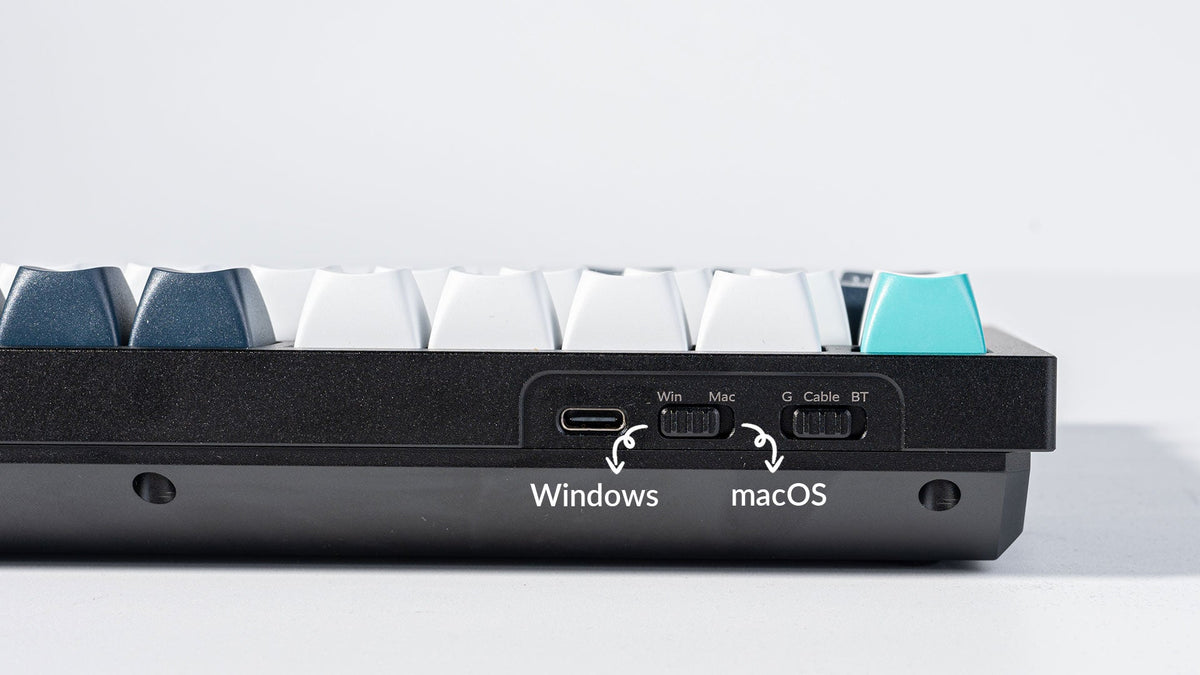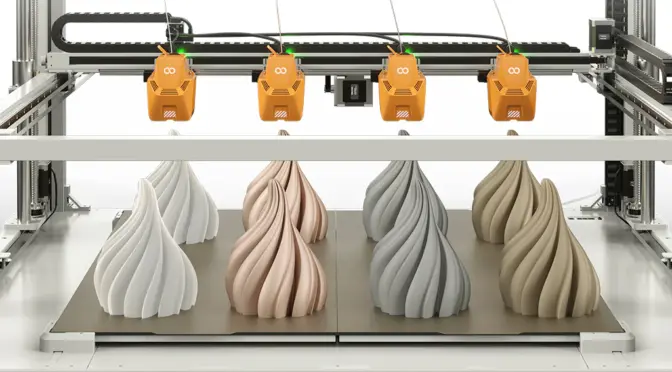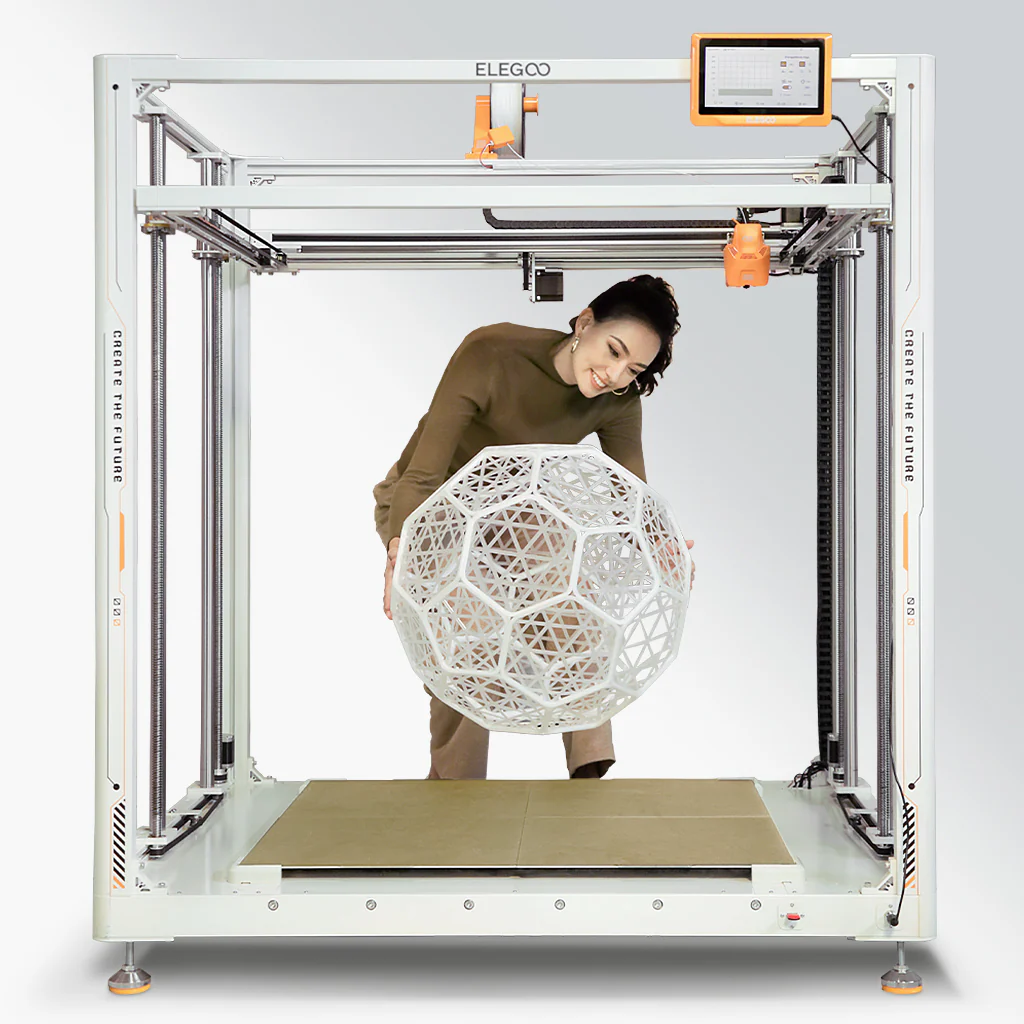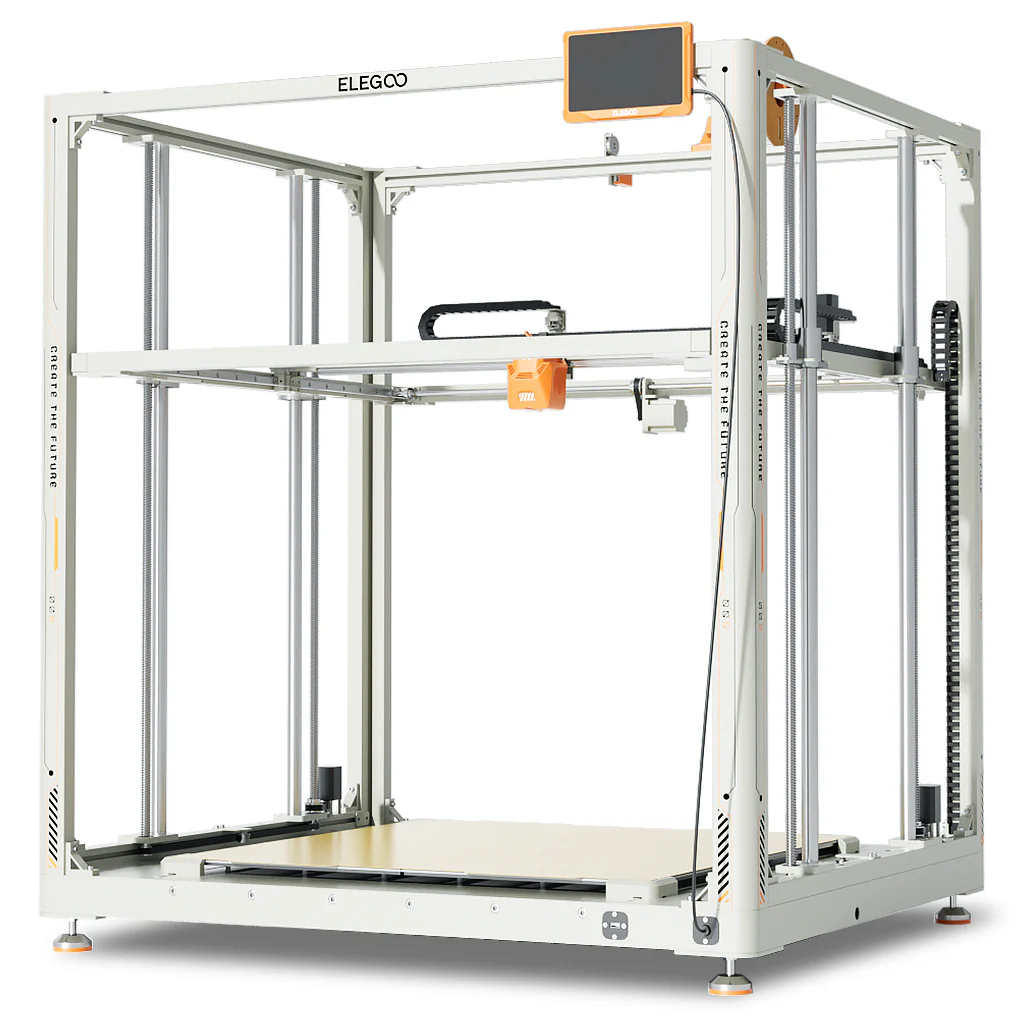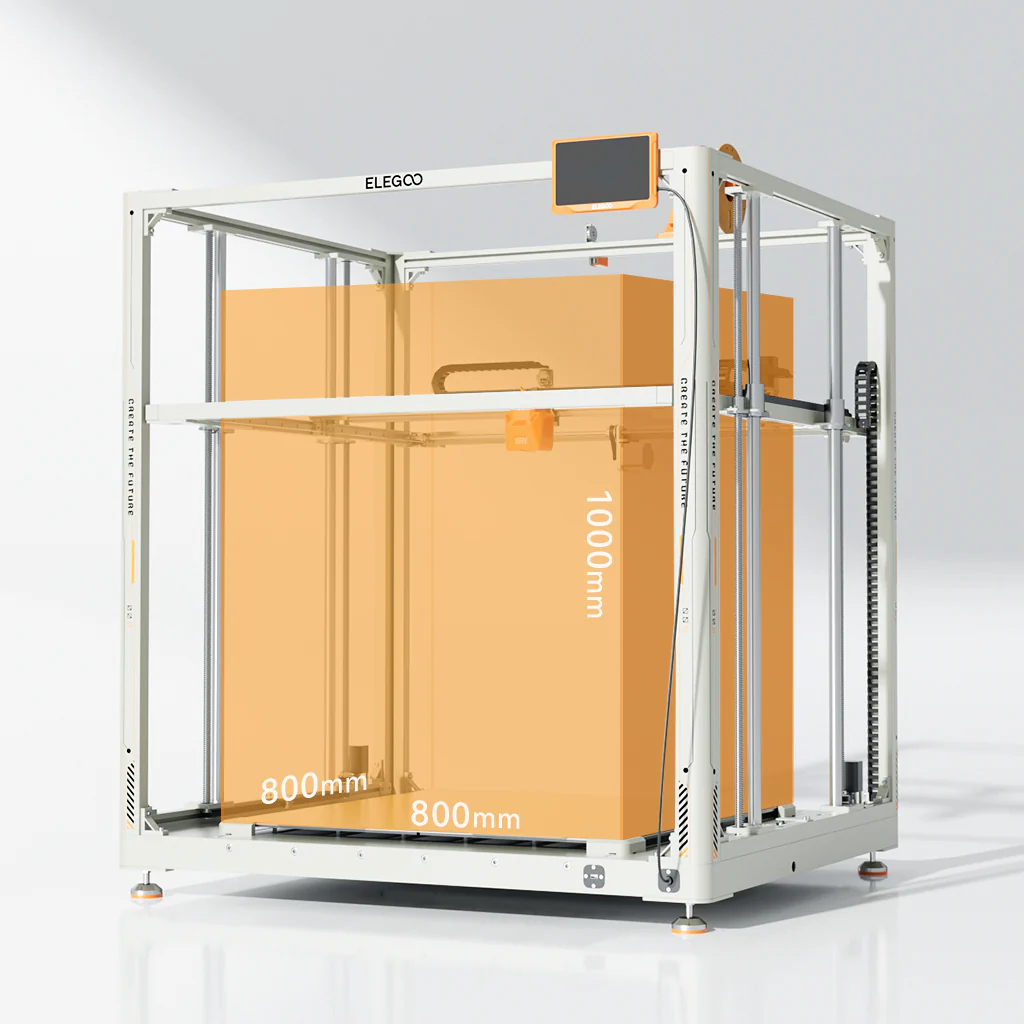The world of Additive Manufacturing (AM) is about to experience an exciting shift as Spain takes centre stage as the partner country at Formnext 2025. Running from 18–21 November 2025 in Frankfurt, the world’s premier exhibition for AM technologies will showcase the best of Spain’s dynamic AM sector, solidifying its role as a vital player in global manufacturing.
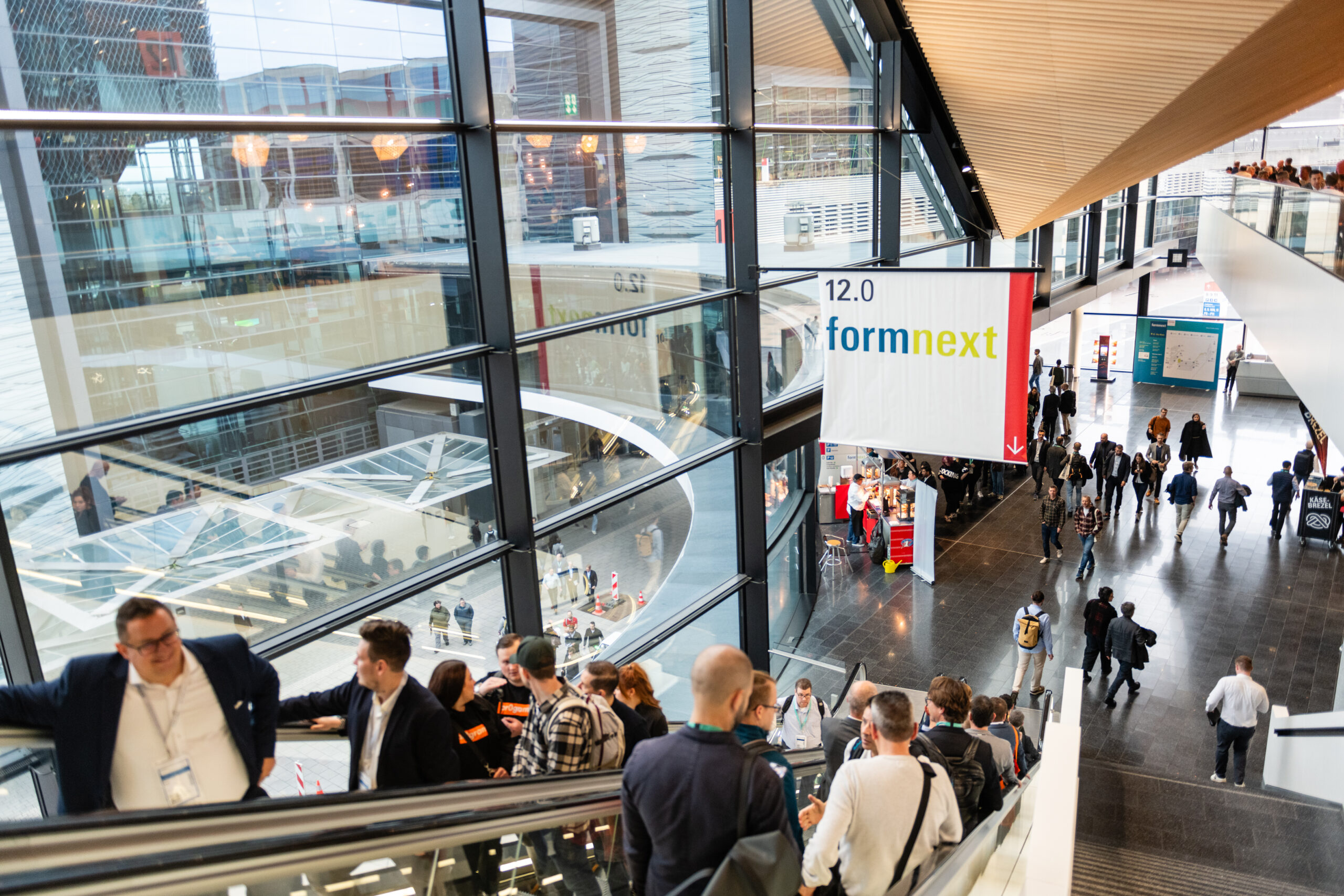
Spain: An Emerging Bridge Between Europe and South America
Spain’s strategic geographical location on the Iberian Peninsula positions it uniquely to connect Europe and South America, making it an ideal partner for this year’s Formnext. With over 30 Spanish exhibitors attending Formnext 2024, Spain has long been a key participant. According to Sascha F. Wenzler, Vice President at Mesago Messe Frankfurt GmbH, Spain exemplifies how AM can drive growth and innovation even during challenging times.
“Spain’s AM sector is diverse, rapidly growing, and packed with innovation, making it an ideal partner,” said Wenzler. “We’re thrilled to have such incredible AM companies join us in showcasing the next generation of manufacturing technologies.”
A Flourishing AM Industry with Global Impact
With more than 1,200 people employed in the AM sector, Spain is experiencing double-digit growth rates every year. As per the Wohlers Report 2024, 1.5% of the world’s 3D printers are installed in Spain. Companies such as HP Printing and Computing, Meltio, Triditive, and Reinforce 3D are leading the charge, contributing to a highly innovative ecosystem.
The AM sector also benefits from Spain’s robust manufacturing tradition. With a 7.3% increase in production since 2014, Spain outpaces its European neighbours like France and Germany, where manufacturing output has stagnated. This growth has translated into significant revenue, with the machine-tool sector reporting record sales of €2.157 billion in 2023.
Key Industry Players: ADDIMAT and IAM3DHUB
Two major players driving AM adoption in Spain—ADDIMAT and IAM3DHUB—are partnering with Formnext 2025 to further showcase Spain’s influence on the global stage.
- ADDIMAT, founded in 2014, operates under the AFM Cluster and comprises over 100 companies across the AM value chain, from machine manufacturers to material suppliers.
- IAM3DHUB, based in Barcelona and managed by Leitat, supports companies with AM integration, offering services ranging from feasibility studies to strategic implementation.
These organisations have been instrumental in positioning Spain as a hub of Industry 4.0, fostering innovation across various sectors, including automotive, aerospace, and healthcare.
Strong AM Adoption Across Key Industries
Spain’s AM adoption rate is soaring, with 96% of production companies acknowledging AM’s role in speeding up product development, according to a joint study by HP and 3dbpm Research. This has led to impressive growth in machine and service sales, which increased by 24.5% and 36.2%, respectively, in 2022.
AM applications are particularly thriving in industries like aviation, automotive, and healthcare, with innovations such as custom-fitted 3D-printed shoes, patient-specific implants, and surgical guides.
A Platform for Global Recognition
Formnext 2025 will serve as a global platform for Spain’s AM companies to highlight their contributions and innovations, helping them expand their international reach. The event will also include special exhibitions and networking opportunities designed to facilitate further growth.
To explore Spain’s journey in AM and its impact on global manufacturing, don’t miss the special edition of Formnext Magazine in September 2025.
Stay tuned for more updates on Formnext 2025, where cutting-edge technology, innovation, and growth converge to shape the future of manufacturing.
For more information, visit: Formnext.com

